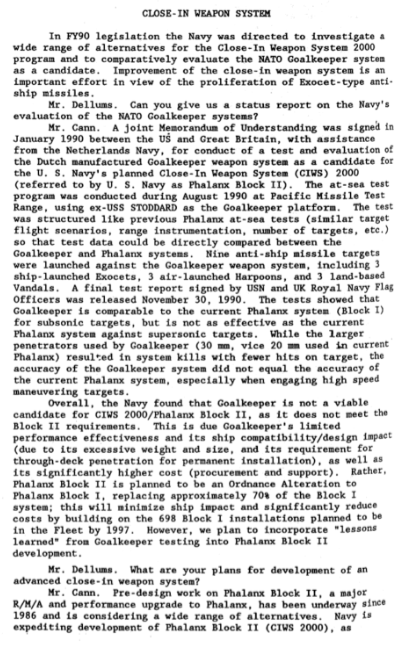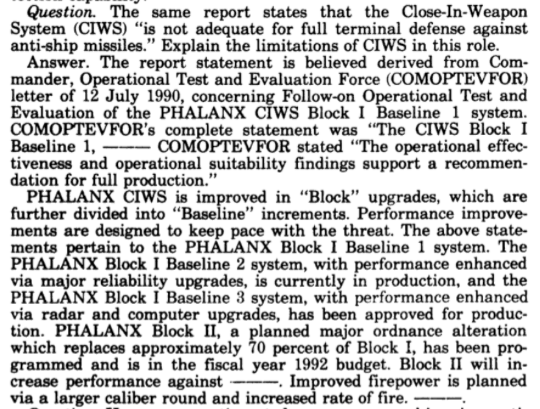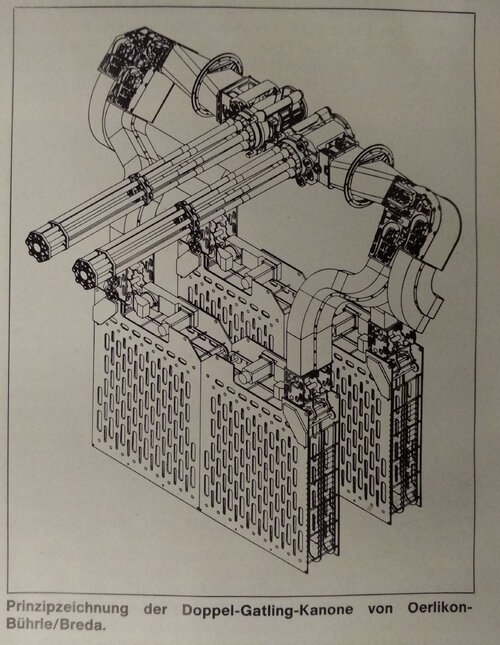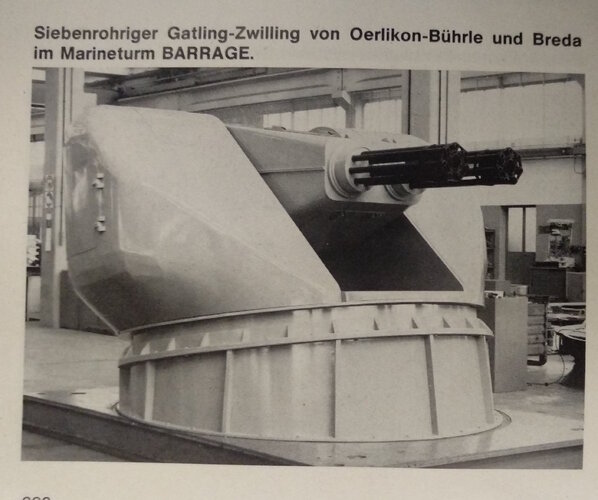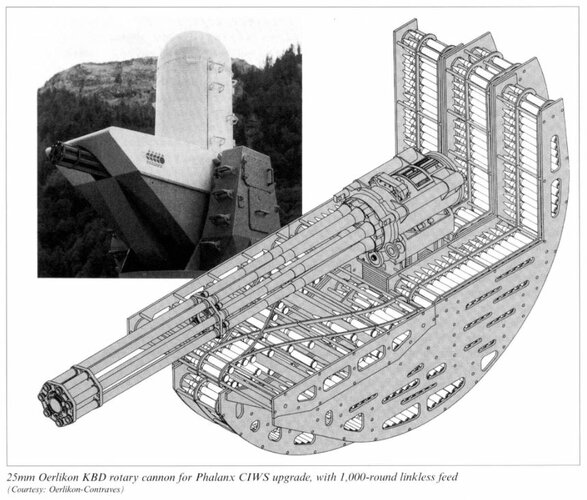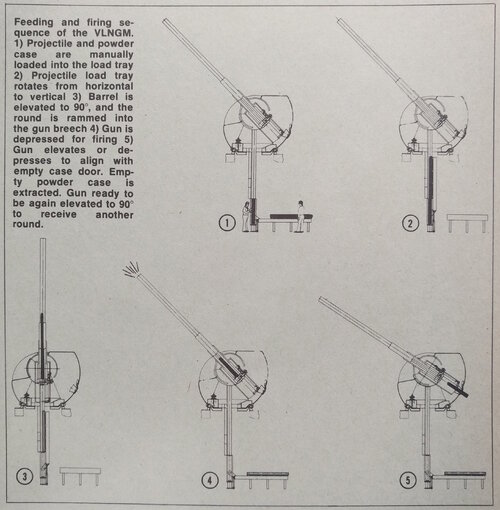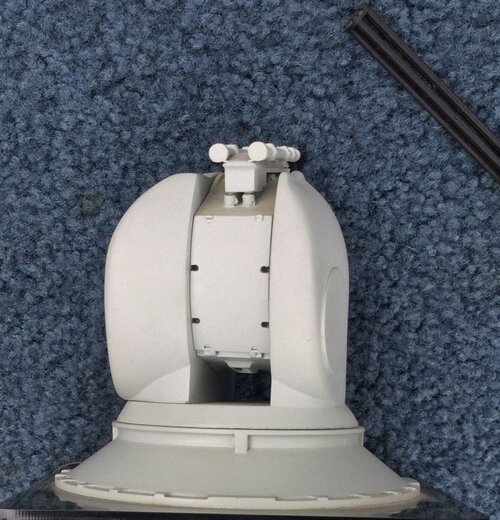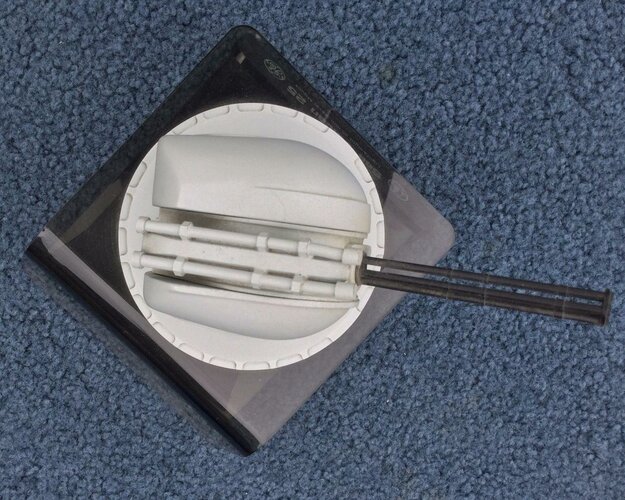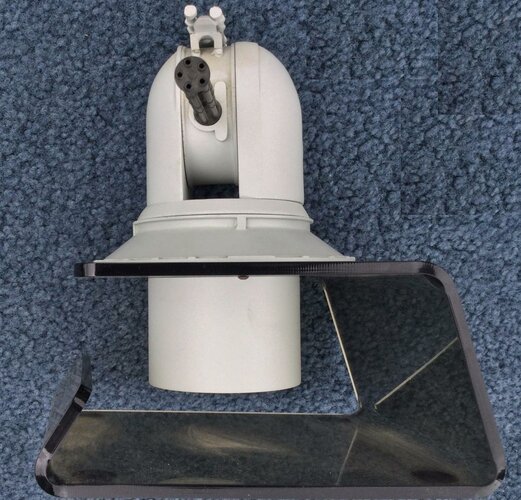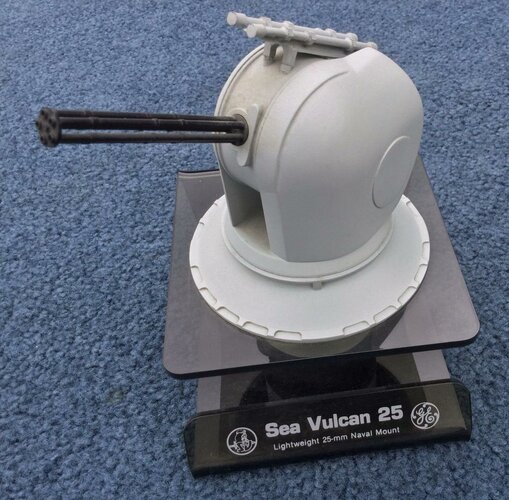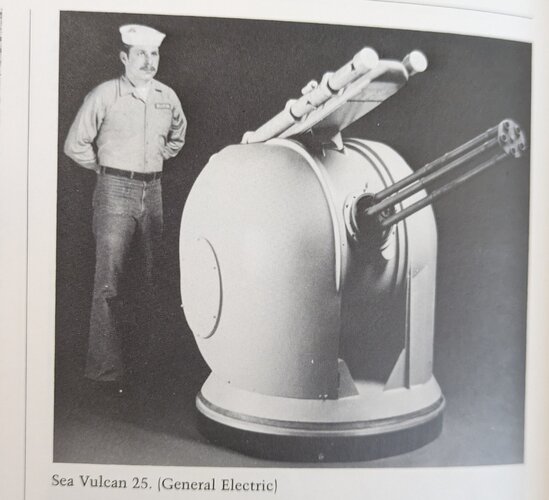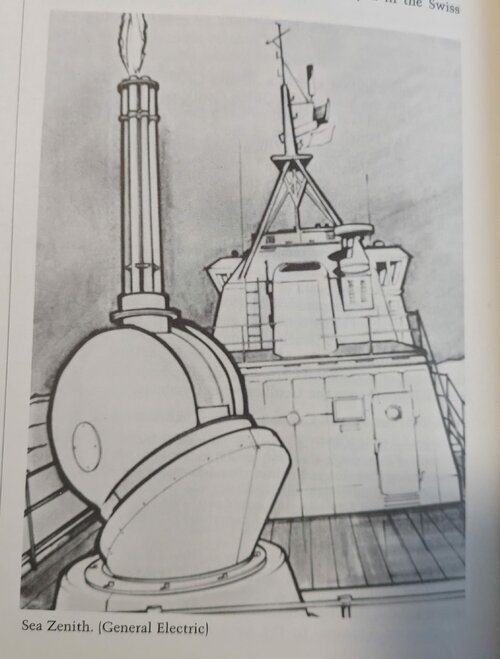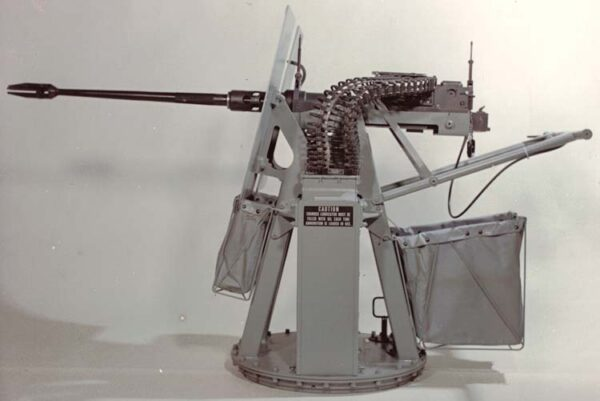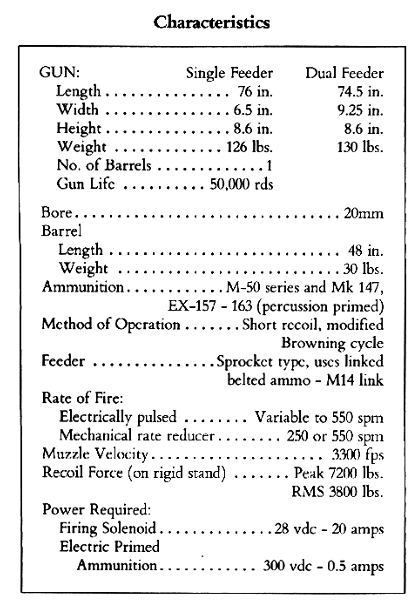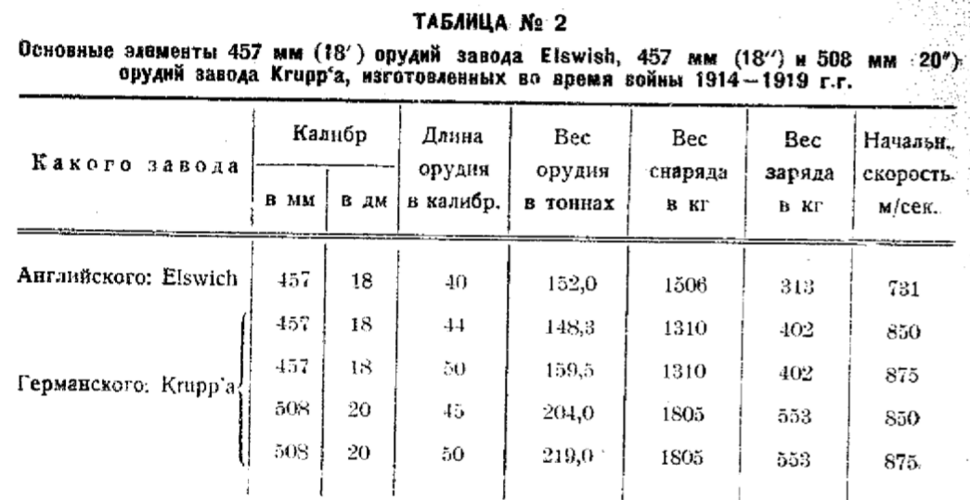- Joined
- 10 April 2021
- Messages
- 401
- Reaction score
- 1,556
Detailed article (in German) on the Mauser 27mm Vierling CIWS
Images from there and some other sources, including of the prototype tested by the German navy and a model of non-naval variant. Interestingly the description of the naval model states that it has an integrated stinger launcher. I assume thats the two dots over the gun which i had previously interpreted as optics.
Images from there and some other sources, including of the prototype tested by the German navy and a model of non-naval variant. Interestingly the description of the naval model states that it has an integrated stinger launcher. I assume thats the two dots over the gun which i had previously interpreted as optics.
Attachments
-
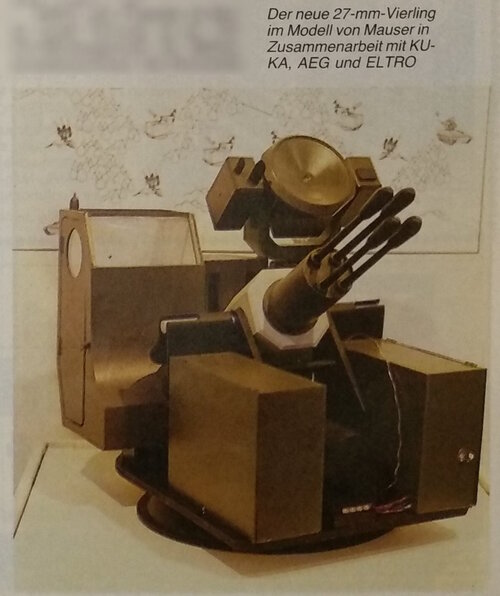 mauser27mmvierling.jpg816 KB · Views: 407
mauser27mmvierling.jpg816 KB · Views: 407 -
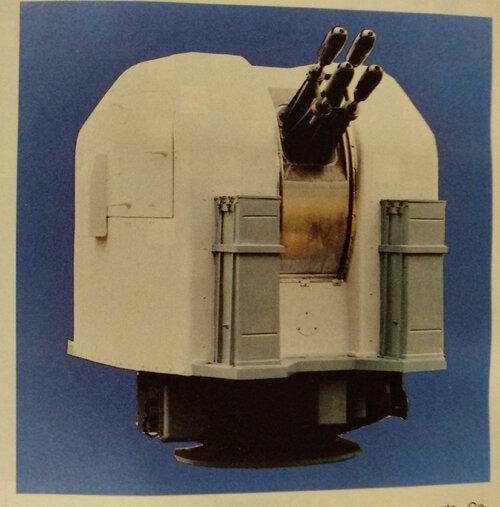 VierlingSeewasserschutz.jpg3.5 MB · Views: 292
VierlingSeewasserschutz.jpg3.5 MB · Views: 292 -
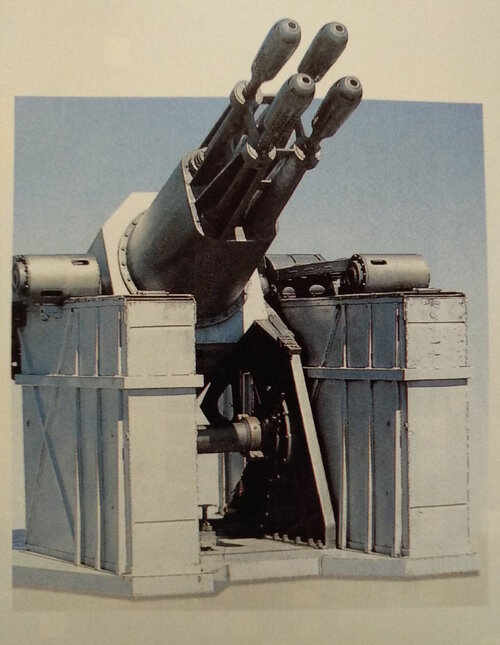 VierlingPrototypeFront.jpg3.1 MB · Views: 271
VierlingPrototypeFront.jpg3.1 MB · Views: 271 -
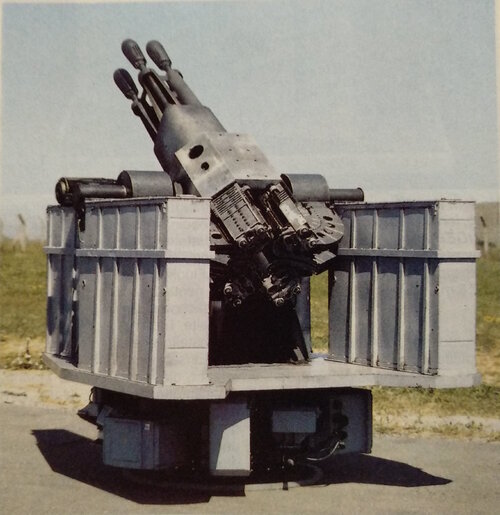 VierlingPrototype.jpg3.4 MB · Views: 291
VierlingPrototype.jpg3.4 MB · Views: 291 -
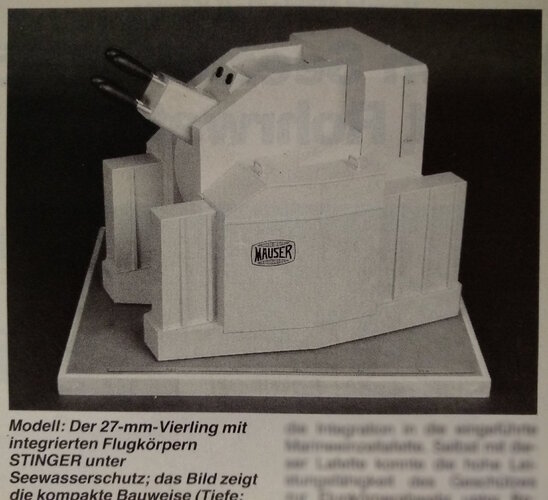 VierlingModell.jpg4.2 MB · Views: 322
VierlingModell.jpg4.2 MB · Views: 322 -
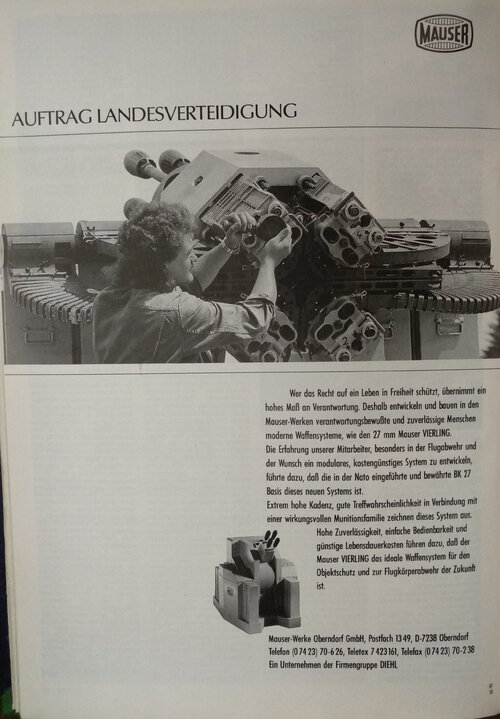 VierlingAd.jpg4.1 MB · Views: 290
VierlingAd.jpg4.1 MB · Views: 290 -
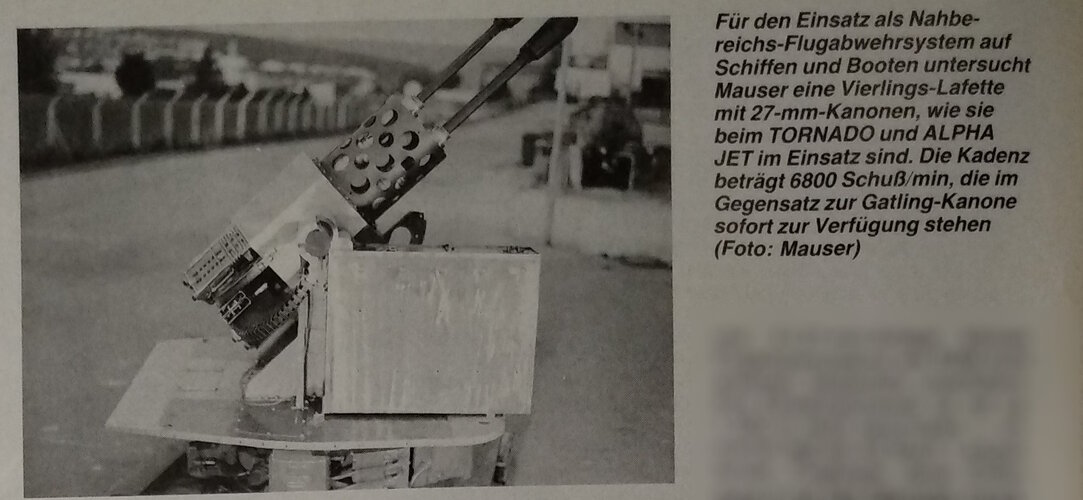 MauserVierlingsLafette.jpg869.5 KB · Views: 269
MauserVierlingsLafette.jpg869.5 KB · Views: 269 -
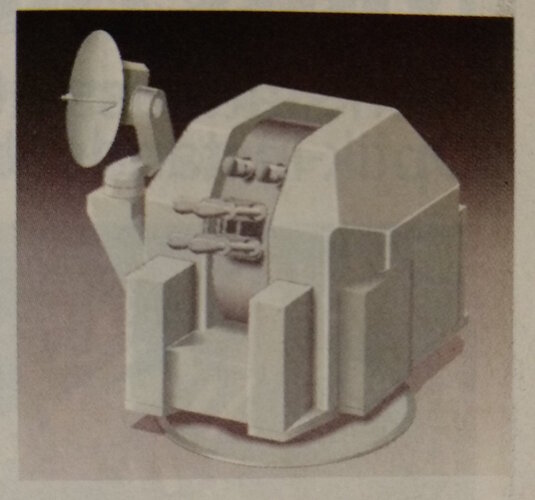 VierlingautonomSignaal.jpg1.6 MB · Views: 244
VierlingautonomSignaal.jpg1.6 MB · Views: 244


